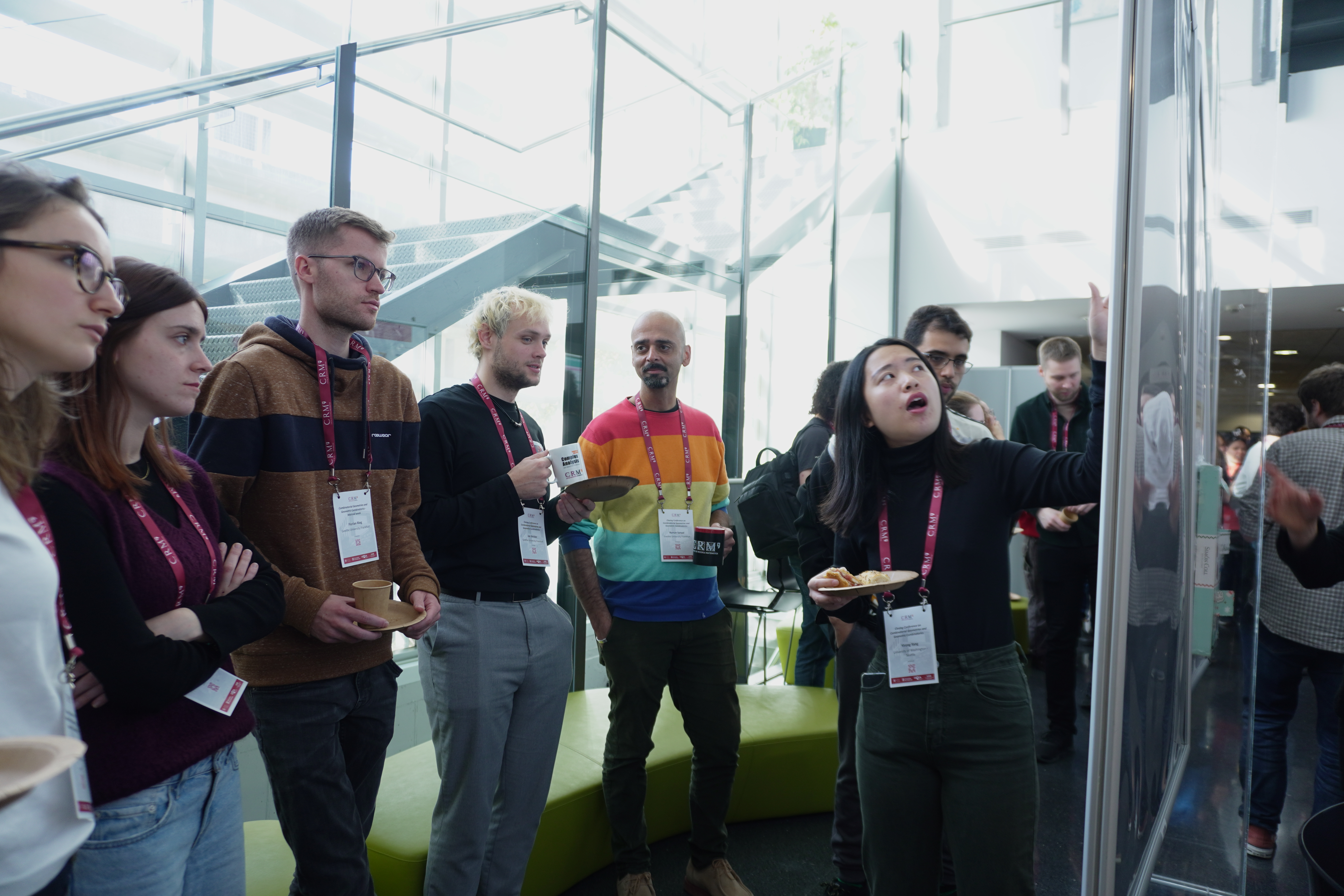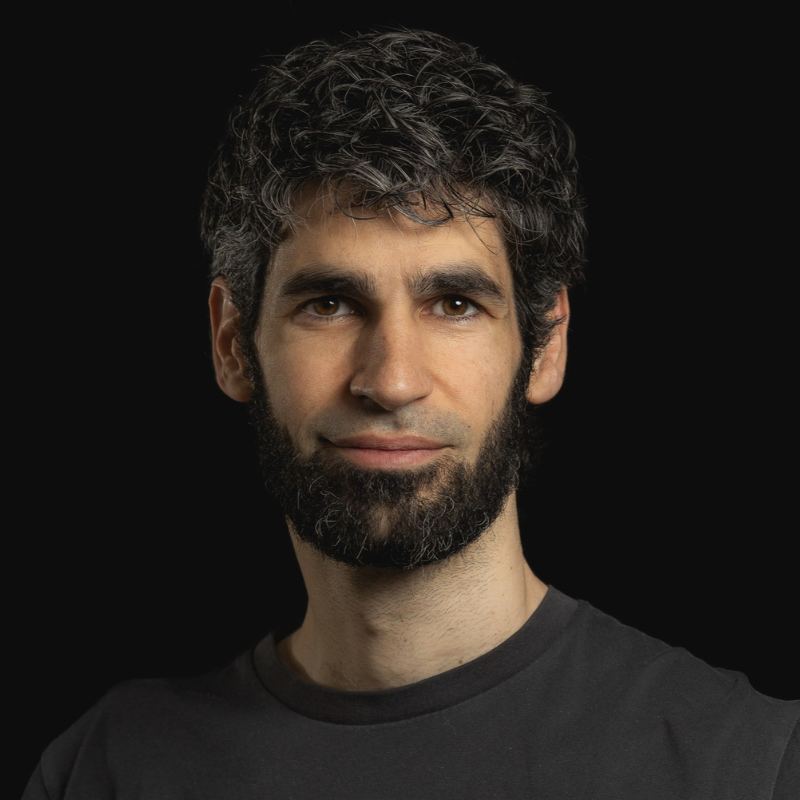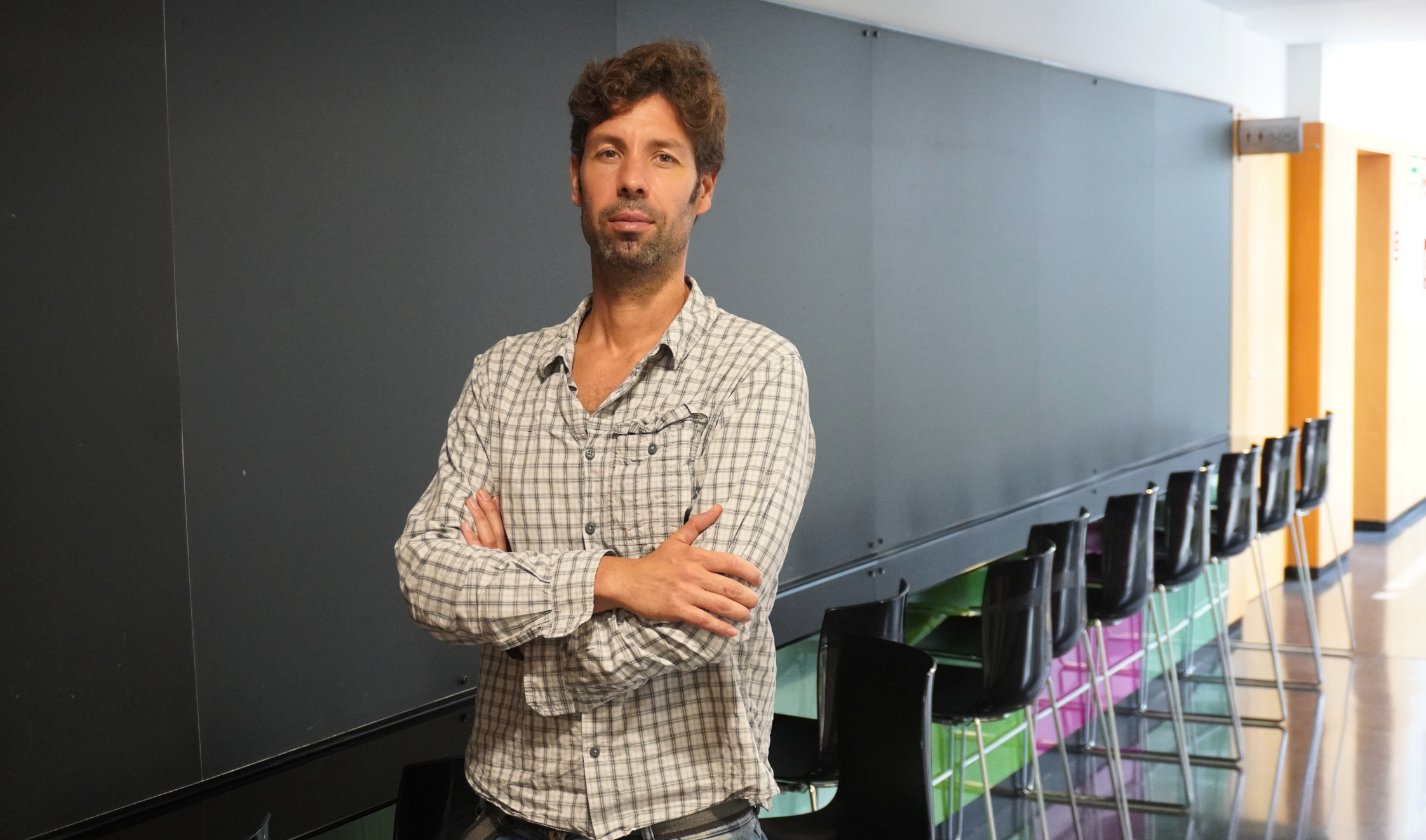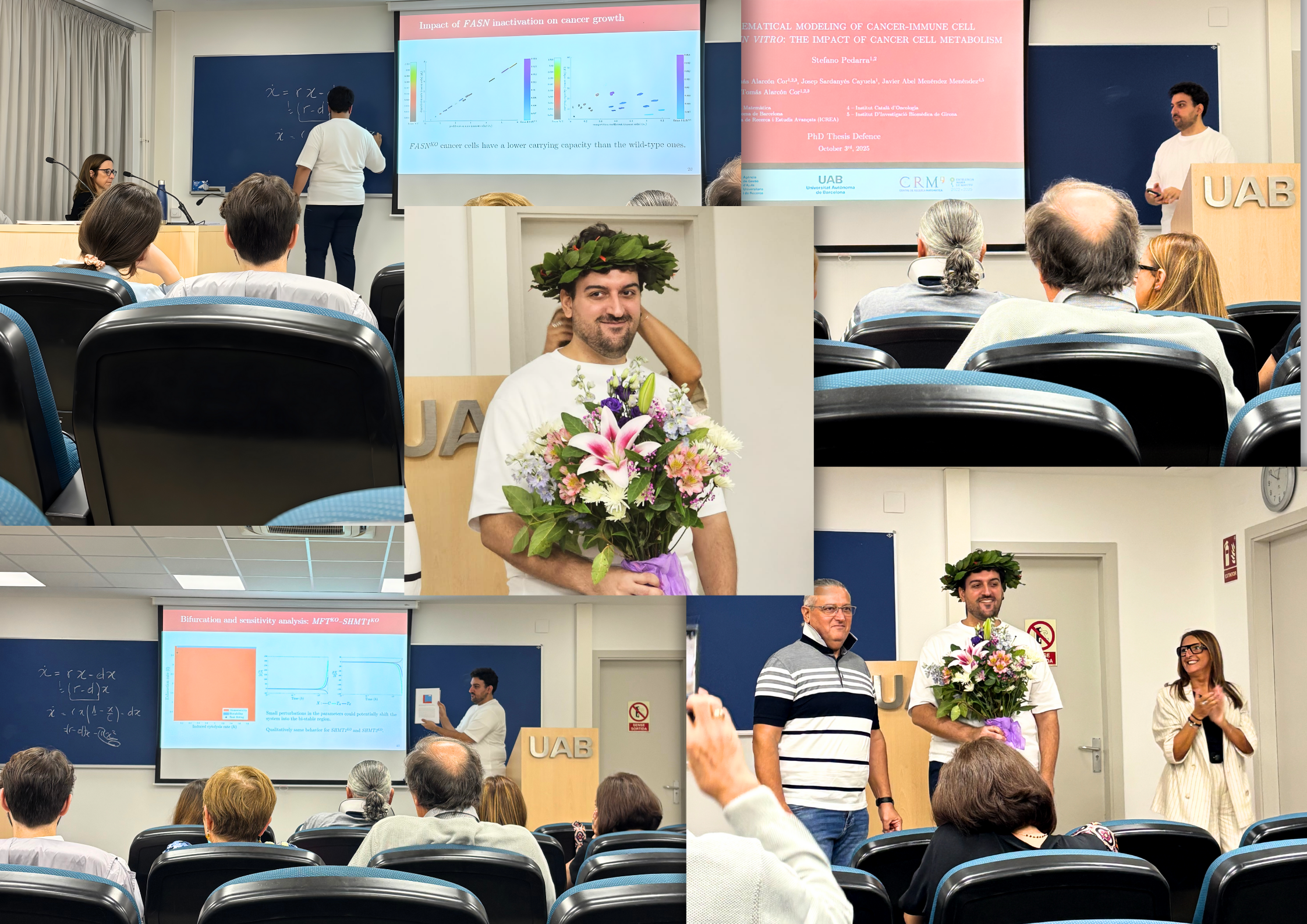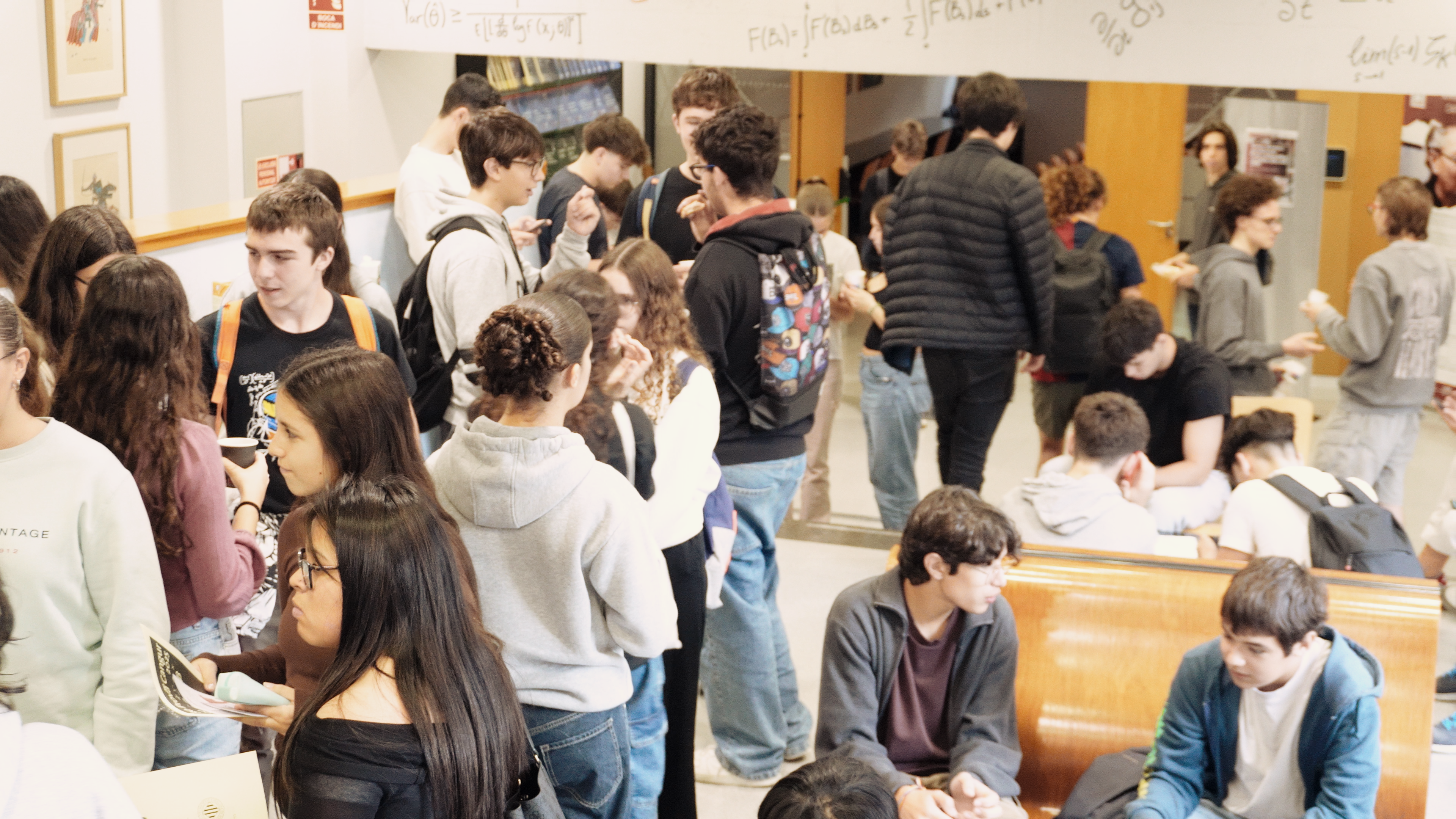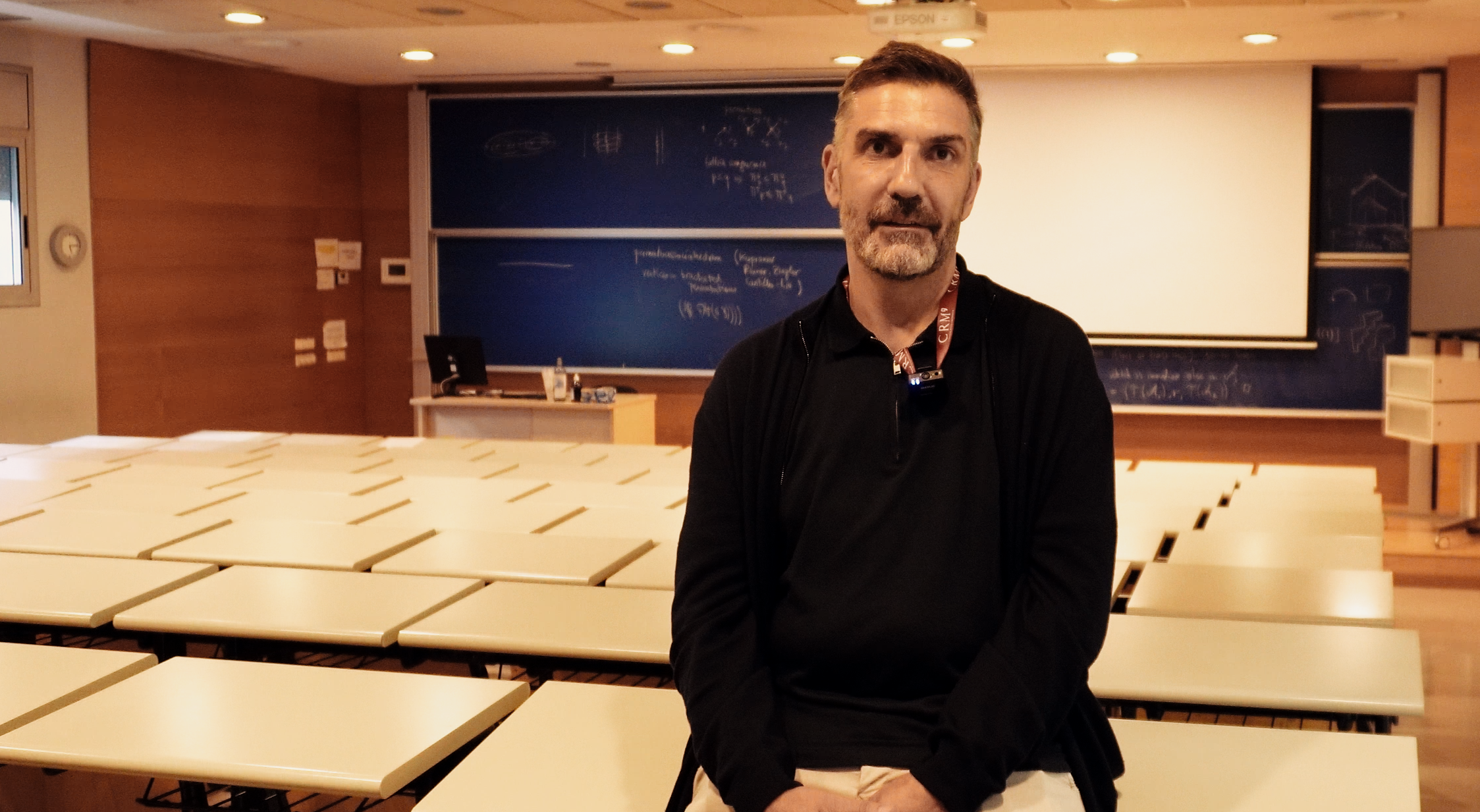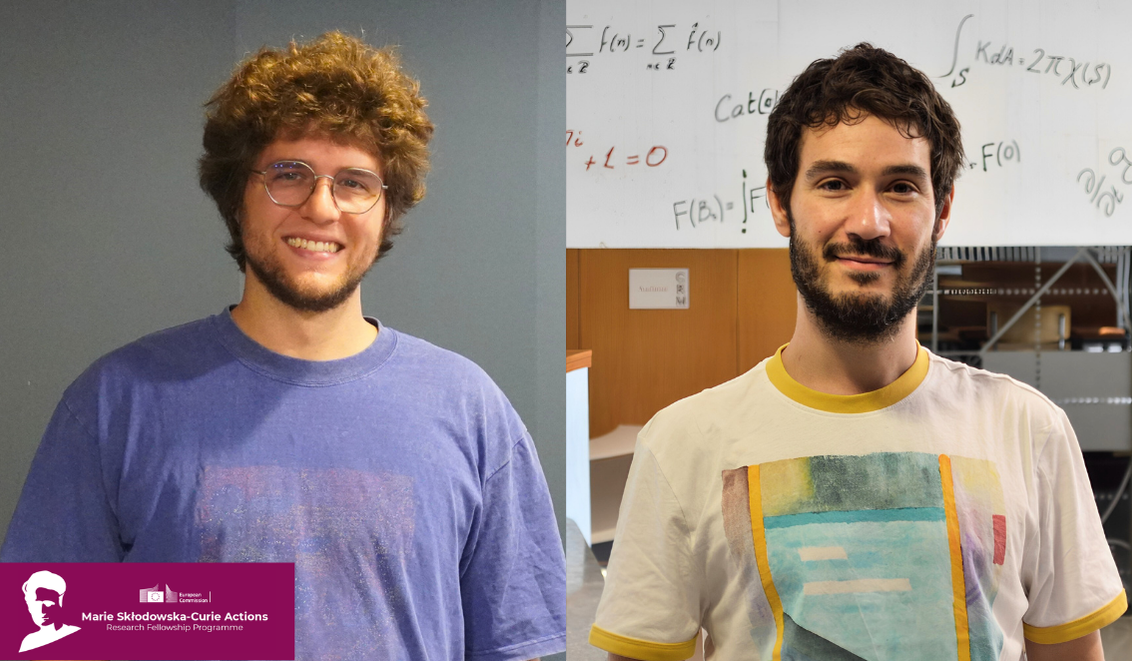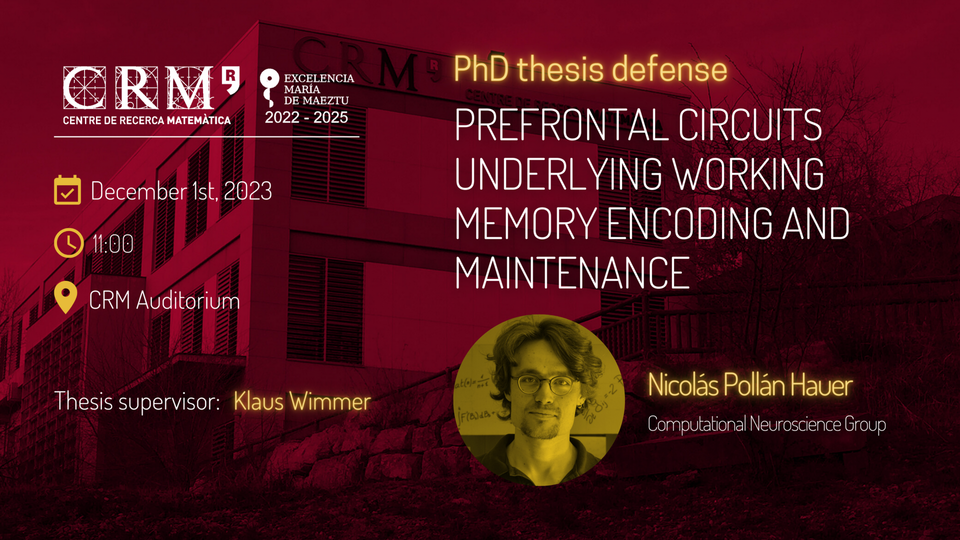
Prefrontal circuits underlying working memory encoding and maintenance
PhD candidate: Nicolás Pollán Hauer
Academic tutor: Lluís Alsedà i Soler
Thesis supervisor: Klaus Wimmer
abstract
Working memory, the capacity to maintain and manipulate information in our minds when it is no longer available in the environment, is a central function of cognition. One of the most important neuronal correlates of this cognitive function are the so-called persistent neurons, which respond selectively to sensory stimulation and sustain their increased activity even after removing the stimulus. This phenomenon, most frequently observed in the prefrontal cortex, has been successfully described by neural network models with attractor dynamics. However, only a few of the neurons engaged in working memory tasks have persistent activity. Moreover, analysis of the experimental recordings at the population level reveals that the code undergoes a change between the stimulus presentation and the maintenance epochs, which is not compatible with a working memory code that would only rely on stably active persistent cells. The prevalence of this finding has motivated the proposal of alternative mechanisms, but current computational models that explain dynamics fail to include stable epochs or do not provide a clear mechanistic interpretation.
In this thesis, we use statistical data analysis and neural network modeling to investigate whether specialized neuronal subpopulations underlie the stable and dynamic working memory codes.
First, we investigated the connection between the observed dynamics in the working memory code and the functional structure of the prefrontal circuits. We analyzed prefrontal recordings from behaving macaque monkeys and observed that feature selectivity is non-randomly distributed across the neurons. This non-random or structured feature selectivity distribution is related to functional distinct subpopulations whose contrasting activity explains the dynamic to stable transition in the working memory code.
Second, we developed a computational model that represents three functional subpopulations as attractor networks working on different dynamic regimes. The model illustrates how the population structure, which implies different neurons active at different task epochs, is directly related to the dynamic transition in the code. Furthermore, we show how the three-network architecture can be easily extended to account for additional features, such as ramping activity and variable maintenance periods.
Third, our subpopulation-based networks have the functional advantage of being robust against distracting stimuli. The model captures the experimentally observed vulnerability to distractors presented shortly after stimulus removal. Moreover, it predicts that top-down feedback enhances the overall network’s robustness.
In summary, we show how the presence of functional subpopulations in the prefrontal cortex can be related to the dynamic to stable transition in the working memory code and to an enhanced capacity to filter out distracting stimuli. In conclusion, our work reconciles attractor dynamics with the observed dynamic changes in the code, still suggesting that attractor dynamics are essential for working memory maintenance.

CRM Comm
Pau Varela & Mariona Fucho
CRMComm@crm.cat
Subscribe for more CRM News
Connecting Shapes, Patterns, and Ideas: the Closing Conference on Combinatorial Geometries and Geometric Combinatorics
During five days, the CRM hosted the Closing Conference of the MDM Focused Research Programme on Combinatorial Geometries & Geometric Combinatorics. The event featured plenary talks, contributed sessions, and posters on topics from matroids and polytopes to...
Xavier Ros-Oton among the 65 most cited mathematicians in the world
ICREA professor at the Universitat de Barcelona and CRM affiliated researcher Xavier Ros-Oton appears on Clarivate's Highly Cited Researchers 2025 list, which this year reinstates the mathematics category after two years of exclusion.Citations are a strange way to...
New Horizons for H- and Γ-convergence: From Local to Nonlocal (and viceversa)
The researchers Maicol Caponi, Alessandro Carbotti, and Alberto Maione extended the H- and Γ-convergence theories to the setting of nonlocal linear operators and their corresponding energies. The authors were able to overcome the limitations of classical localization...
Diego Vidaurre joins the CRM through the ATRAE talent programme
Diego Vidaurre has joined the Centre de Recerca Matemàtica through the ATRAE programme, bringing his expertise in modelling spontaneous brain activity across multiple data modalities. His work focuses on understanding how the brain’s intrinsic dynamics shape...
El CRM a la Setmana de la Ciència: una ruta entre dones, formes i pensament
El CRM va participar en la 30a edició de la Setmana de la Ciència amb una ruta guiada que va combinar les biografies de dones matemàtiques amb obres d'art del centre, connectant ciència, història i creació artística.El 12 de novembre, el Centre de Recerca Matemàtica...
Stefano Pedarra Defends his PhD Thesis on the Interaction between Tumour Cells and the Immune System
Stefano Pedarra has completed his PhD at the Centre de Recerca Matemàtica with a thesis exploring how tumour-cell metabolism shapes the immune system’s ability to fight cancer. His work brought mathematics and biology into direct conversation, from building models to...
Els estudiants participants a la prova de preselecció de Bojos per les Matemàtiques visiten el CRM
La prova de preselecció de Bojos per les Matemàtiques va reunir estudiants de tot Catalunya a la UAB i al CRM, amb presentacions a càrrec de Montse Alsina, presidenta de la Societat Catalana de Matemàtiques, Núria Fagella, degana de la Facultat de Matemàtiques i...
Jordi Mompart highlights the role of artificial intelligence in sport at the XIII GEFENOL-DIFENSC Summer School
The XIII GEFENOL-DIFENSC Summer School gathered over thirty researchers from across Europe to explore how statistical physics helps explain complex phenomena in biology, ecology, networks, and social systems. In his closing lecture, Jordi Mompart (UAB) examined how...
Critical Slowing Down in Genetic Systems: The Impact of Bifurcation Proximity and Noise
An international collaboration including researchers from the Centre de Recerca Matemàtica (CRM) has shown that when several bifurcations occur close to one another, their interaction can dramatically amplify critical slowing down effect - the progressive slowdown of...
Two CRM researchers begin their Marie Skłodowska-Curie fellowships
Gustavo Ferreira and Tássio Naia, CRM postdoctoral researchers and new Marie Skłodowska-Curie fellows. Gustavo Ferreira and Tássio Naia, who joined the CRM in 2023 through the María de Maeztu programme, have started their Marie Skłodowska-Curie postdoctoral...
Matroid Week at CRM: A Collaborative Dive into Combinatorial Geometries
From October 13 to 17, 2025, the CRM hosted Matroid Week, a research school on combinatorial geometries and matroid theory. Courses by Laura Anderson and Geoff Whittle explored intersection properties and structural emergence in matroids. The event fostered deep...
László Lovász receives the 2025 Erasmus Medal in Barcelona
Mathematician László Lovász received the 2025 Erasmus Medal from the Academia Europaea yesterday at the PRBB in Barcelona, where he delivered the lecture “The Beauty of Mathematics”. Renowned for his work in graph theory and discrete mathematics, Lovász has shaped...

